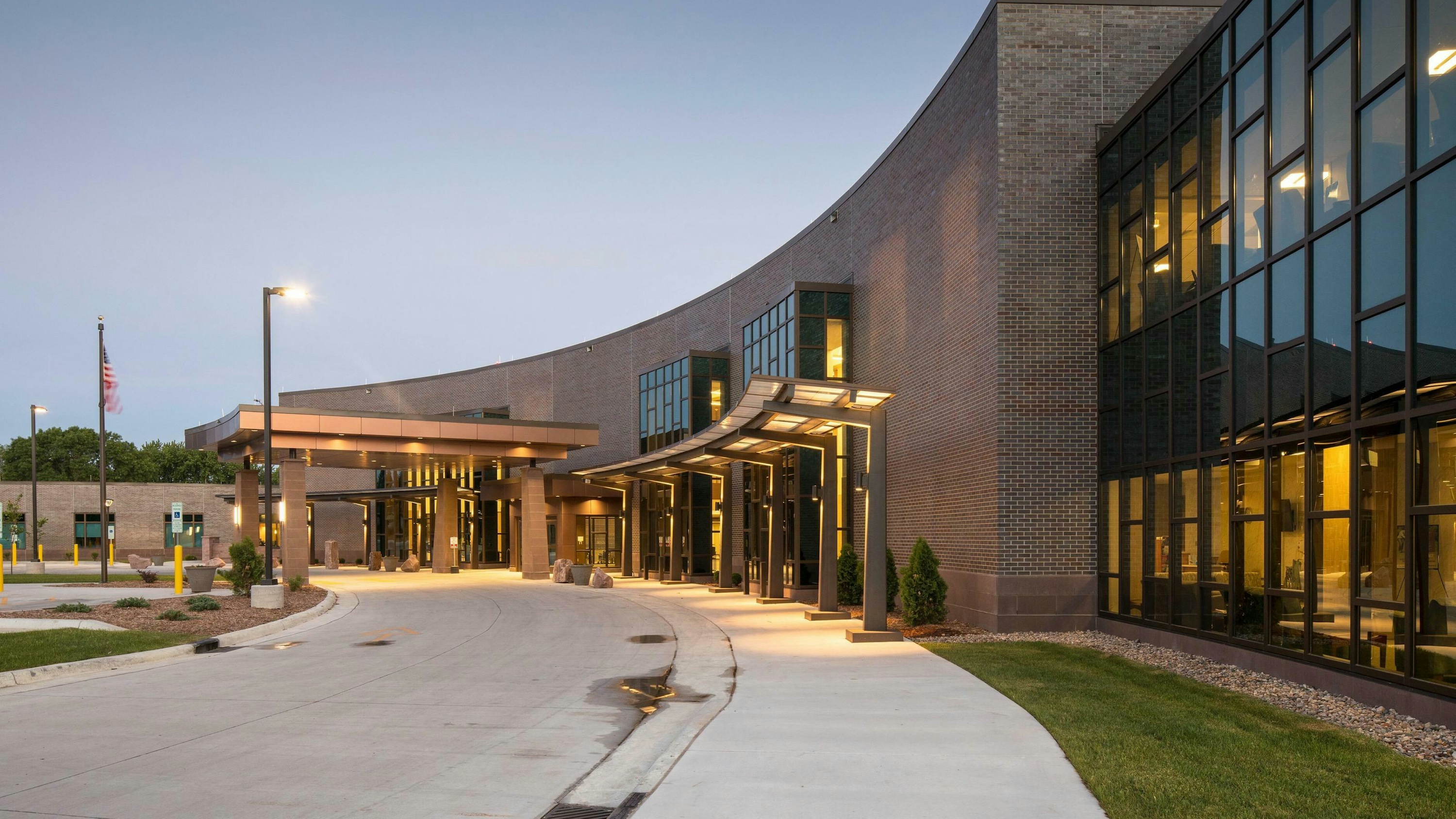
As COVID continues to impact rural communities, it’s apparent that federal funding alone is not enough.
In March 2021, The American Rescue Plan became law providing $350 billion in emergency government funding for state, local, territorial, and tribal governments to remedy the disparity between rising costs and falling revenues in the wake of the ongoing COVID-19 crisis. While the US experienced an increased need for healthcare services, including emergency medical facilities and vaccination sites, the impact on businesses and rural communities was nearly catastrophic. The American Rescue Plan includes:
The amount allocated for rural healthcare is equally as staggering with over $500 million committed to rural communities through the USDA Emergency Rural Health Care Grants program. The USDA Rural Health Care Grants provide much needed funding for our rural healthcare organizations, but only covers a small portion of the needs of many of these organizations.
In our current environment, rural healthcare organizations that are most prepared have an advantage in receiving these grants specifically allocated to our rural health systems. The USDA Emergency Rural Health Care Grants program application process provided time for healthcare organizations to complete the application but did not allow organizations the time required to complete a comprehensive strategic master plan.
Rural healthcare organizations that did not have a master plan already in place were unprepared to take full advantage of this grant opportunity. Instead of focusing on understanding project qualifications and applying for projects that fit their strategic plans, many organizations were left conducting fast-tracked project planning to find any project that may qualify for this grant program.
A far better approach for rural healthcare organizations is to have comprehensive master plans in place. The organizations that have master plans in place were best equipped to make good decisions that have a lasting influence on their healthcare organizations. These master plans helped guide healthcare leaders to make the best long-term decisions for their organizations and communities.
Comprehensive master plans provide organizations with a deep understanding of their markets and operations and aligns these with an organization’s strategic direction. It creates an organized roadmap that stakeholders can follow over time to help guide their organizations. Good masterplans will give healthcare leaders the information they need to:
Healthcare organizations that have these master plans already in place are better equipped to make quicker and better strategic decisions.
If you have questions about how we can assist with a strategic master plan for your organization, please reach out to our team at Wold Architects and Engineers (call 1-888-254-6789 or email info@woldae.com). Our multidisciplinary team of professionals would welcome the opportunity to help assess your long-term needs.